Here are 100 facts about the Indian Army, one of the most respected and powerful military forces in the world:
- The Indian Army is the land-based branch of the Indian Armed Forces.
- The Indian Army was established on April 1, 1895, during the British colonial period.
- The Indian Army is the second-largest army in the world, with over 1.4 million active personnel.
- The Indian Army has a rich history of serving the country and defending its borders.
- General Maharaj Shamsher Singh was the first Indian to join the British Army in the 18th century.
- The Indian Army played a major role in the Indo-Pakistani War of 1947-48, leading to the creation of the Line of Control (LoC).
- The Indian Army was the primary force during the Indo-China War of 1962.
- The Indian Army has been actively involved in peacekeeping missions across the world under the United Nations.
- The Indian Army’s Regimental System is one of its most distinguishing features, fostering a sense of camaraderie.
- The Indian Army’s soldiers come from a variety of backgrounds, including different states, ethnicities, and languages.
- The Indian Army is known for its strong training programs, which include rigorous physical and mental challenges.
- The Indian Army’s motto is “Service Before Self.”
- The Indian Army has been a vital part of India’s independence struggle, with many freedom fighters joining its ranks.
- The Indian Army participated in the Kargil War (1999) with tremendous success.
- The Indian Army is known for its impressive battle tactics, especially in mountainous and difficult terrain.
- The Indian Army uses advanced technology, including drones and satellite communication for reconnaissance and surveillance.
- The Indian Army has three main branches: Infantry, Artillery, and Armored Corps.
- The Indian Army’s uniform is typically olive green and is designed for various climates and terrains.
- The Indian Army’s flag consists of a red and yellow background, with a flag of India in the center.
- The Indian Army’s Chief of Army Staff (COAS) is the highest-ranking officer in the Indian Army.
- The Indian Army has been involved in maintaining internal security in various states, such as Jammu and Kashmir.
- Mountain warfare is one of the Indian Army’s specializations, given India’s rugged terrain along the Himalayas.
- The Indian Army’s engineering corps is responsible for construction and maintenance of roads, bridges, and infrastructure.
- The Indian Army has specialized units like the Para Special Forces and Marcos (Marine Commandos).
- The Indian Army’s artillery includes some of the most powerful weapons, like the Bofors FH77 and Dhanush.
- The Indian Army has a strong air wing that works in conjunction with the Indian Air Force for air operations.
- The Indian Army’s National Defence Academy (NDA) is one of the premier institutions for training future army officers.
- The Siachen Glacier is the site of the highest battlefield in the world, where Indian Army personnel have been stationed for decades.
- The Indian Army has been involved in several humanitarian missions, especially in times of natural disasters like earthquakes and floods.
- The Indian Army has seven Regional Commands, including Northern Command, Southern Command, and Eastern Command.
- Bharat Rakshak is an official website dedicated to showcasing the Indian Army’s strength and achievements.
- The Indian Army’s first battle honor was earned in the Battle of Plassey (1757), when Indian forces fought alongside the British against the Nawab of Bengal.
- The Indian Army has played a key role in United Nations peacekeeping operations since 1950, deploying personnel in various conflict zones.
- The Indian Army maintains close cooperation with neighboring countries, including Nepal, Bhutan, and Sri Lanka.
- The Indian Army’s commandos are among the most elite forces in the world, especially the Para Special Forces.
- The Indian Army also has a separate wing for military police and intelligence operations.
- The Indian Army’s equipment includes advanced tanks like Arjun Mk I and T-90 Bhishma.
- The Indian Army’s cavalry is among the oldest in the world, with some regiments dating back to the 18th century.
- The Indian Army trains women soldiers for combat roles, including in the corps of signals, engineering, and artillery.
- The Indian Army is the largest recruiter of soldiers in the world.
- The Indian Army has been involved in counterinsurgency operations in Kashmir and North-East India.
- The Indian Army is committed to disaster relief operations, providing aid to the civilian population during emergencies.
- The Indian Army’s first woman officer was Captain Lakshmi Sahgal, who fought during the Second World War.
- The Indian Army celebrates Army Day on January 15 every year to honor its first commander-in-chief, Field Marshal K.M. Cariappa.
- The Indian Army’s Golden Jubilee Memorial commemorates the 50th anniversary of India’s independence in 1997.
- The Indian Army’s regimental structure ensures that soldiers remain loyal to their regiments throughout their careers.
- The Indian Army’s infantry regiments include the Rajputana Rifles, Sikh Regiment, and Madras Regiment, among others.
- The Indian Army’s tanks are designed to operate in difficult conditions, including in desert, plains, and mountain terrains.
- The Indian Army’s Gorkha regiments are famous for their bravery and have a proud history of service in the British and Indian armies.
- The Indian Army’s military hospitals provide healthcare to soldiers and their families.
- The Indian Army’s signaling and communication systems are among the most advanced in the world.
- The Indian Army’s counter-terrorism operations include Operation Rakshak and Operation Vijay.
- The Indian Army’s parachute regiment is highly regarded for its elite selection and training process.
- The Indian Army uses advanced night vision and drone technology for reconnaissance during operations.
- The Indian Army has a strong presence in the Indian Ocean to safeguard maritime interests.
- The Indian Army regularly conducts joint exercises with other countries to enhance cooperation and combat readiness.
- The Indian Army’s training academies include IMA (Indian Military Academy) in Dehradun and OTA (Officers Training Academy) in Chennai.
- The Indian Army’s military engineers play a crucial role in constructing infrastructure in areas of conflict.
- The Indian Army has a special unit dedicated to the protection of VIPs, including the Special Protection Group (SPG).
- The Indian Army’s artillery corps includes field guns, howitzers, and self-propelled artillery.
- The Indian Army employs counter-insurgency warfare techniques in dealing with insurgencies across various regions.
- The Indian Army’s role in the Siachen Glacier is a testament to its commitment to protecting the country’s northern borders.
- The Indian Army has a tradition of military bands, which perform at national ceremonies and events.
- The Indian Army provides disaster management support, including flood relief and aid during natural disasters.
- Indian Army soldiers are known for their discipline, dedication, and bravery, often being deployed in difficult terrain and harsh climates.
- The Indian Army has contributed to both World Wars, with more than 87,000 Indian soldiers losing their lives in the process.
- The Indian Army has the highest number of battle casualties in UN peacekeeping missions.
- The Indian Army’s tanks include Armata-style armored vehicles and T-72 series tanks.
- The Indian Army uses high-tech surveillance equipment to monitor borders and prevent infiltration.
- The Indian Army’s cyber warfare capabilities are growing as cyber threats become an increasing concern.
- The Indian Army is involved in regular defense exercises with countries like the US, Russia, and Japan.
- The Indian Army’s veterans have a strong presence in society and continue to serve the nation through various foundations and initiatives.
- The Indian Army’s soldiers are trained in both conventional and asymmetrical warfare.
- The Indian Army’s recruitment process is open to citizens from all regions of India, offering equal opportunities to men and women.
- The Indian Army’s missiles include the Prithvi, Agni, and BrahMos missiles.
- The Indian Army has its own military museums, including the Indian Army Regimental Museum in Delhi.
- The Indian Army’s artillery corps is an essential part of India’s defense, especially in border conflicts.
- The Indian Army’s uniforms are known for their distinctive design, including the distinctive red plume worn by the soldiers.
- The Indian Army’s paratroopers are part of the elite Indian Special Forces.
- The Indian Army’s contributions to national defense have been recognized with numerous awards and medals, such as the Ashoka Chakra and Param Vir Chakra.
- The Indian Army’s disaster relief efforts include providing aid to Nepal during the 2015 earthquake.
- The Indian Army’s special units often operate in remote and hazardous locations, including jungles and deserts.
- The Indian Army’s training centers are responsible for grooming soldiers into elite military personnel.
- The Indian Army’s history is marked by its participation in several wars—with India, Pakistan, and China—and its commitment to peacekeeping missions worldwide.
- The Indian Army regularly conducts military drills to assess its combat readiness and strategic planning.
- The Indian Army operates a vast network of training institutes dedicated to enhancing the knowledge and skills of its personnel.
- The Indian Army has a history of joint operations with other branches of the military, including the Indian Air Force and Indian Navy.
- The Indian Army has advanced capabilities in mountain warfare, due to the vast and varied topography of India.
- The Indian Army has been recognized for its leadership in handling counterterrorism operations in Jammu & Kashmir.
- The Indian Army’s elite commando units are regularly called upon for special operations both within India and abroad.
- The Indian Army’s modernization efforts include incorporating robotics and artificial intelligence in its strategic operations.
- The Indian Army’s artillery is among the best in the world in terms of precision and reach.
- The Indian Army’s role in military diplomacy helps strengthen India’s position in international relations.
- The Indian Army has established deep cultural ties with neighboring countries through peacekeeping missions and joint training exercises.
- The Indian Army actively participates in humanitarian assistance operations around the world.
- The Indian Army’s welfare schemes include pensions and medical benefits for retired soldiers.
- The Indian Army’s commitment to national security remains unwavering, with personnel stationed at critical defense points across the country.
- The Indian Army’s resilience and dedication to the nation’s defense continue to inspire millions.
- The Indian Army’s partnership with the Indian Navy ensures the defense of India’s coastal areas and waterways.
- The Indian Army remains one of the most respected military forces, known for its courage, professionalism, and unwavering patriotism.


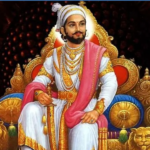
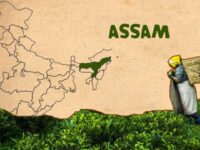

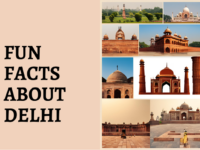



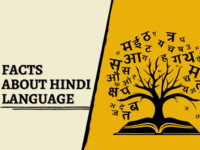
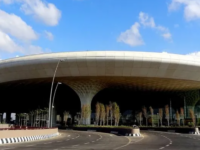







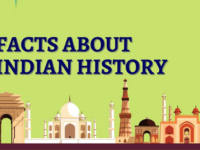


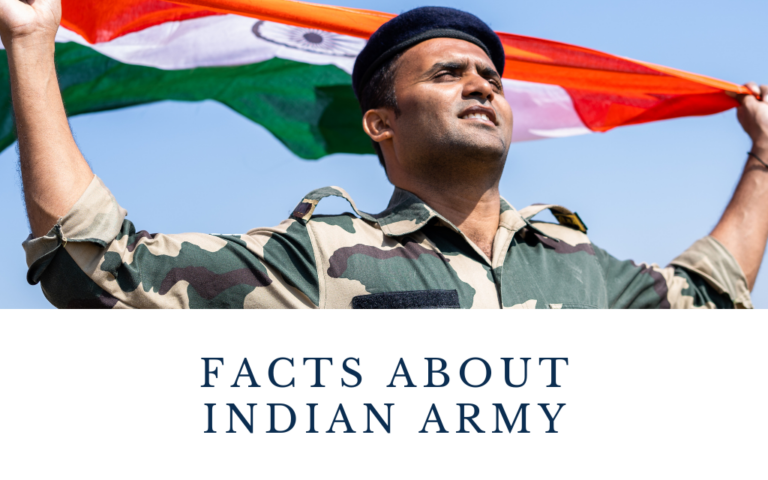
0 Comments